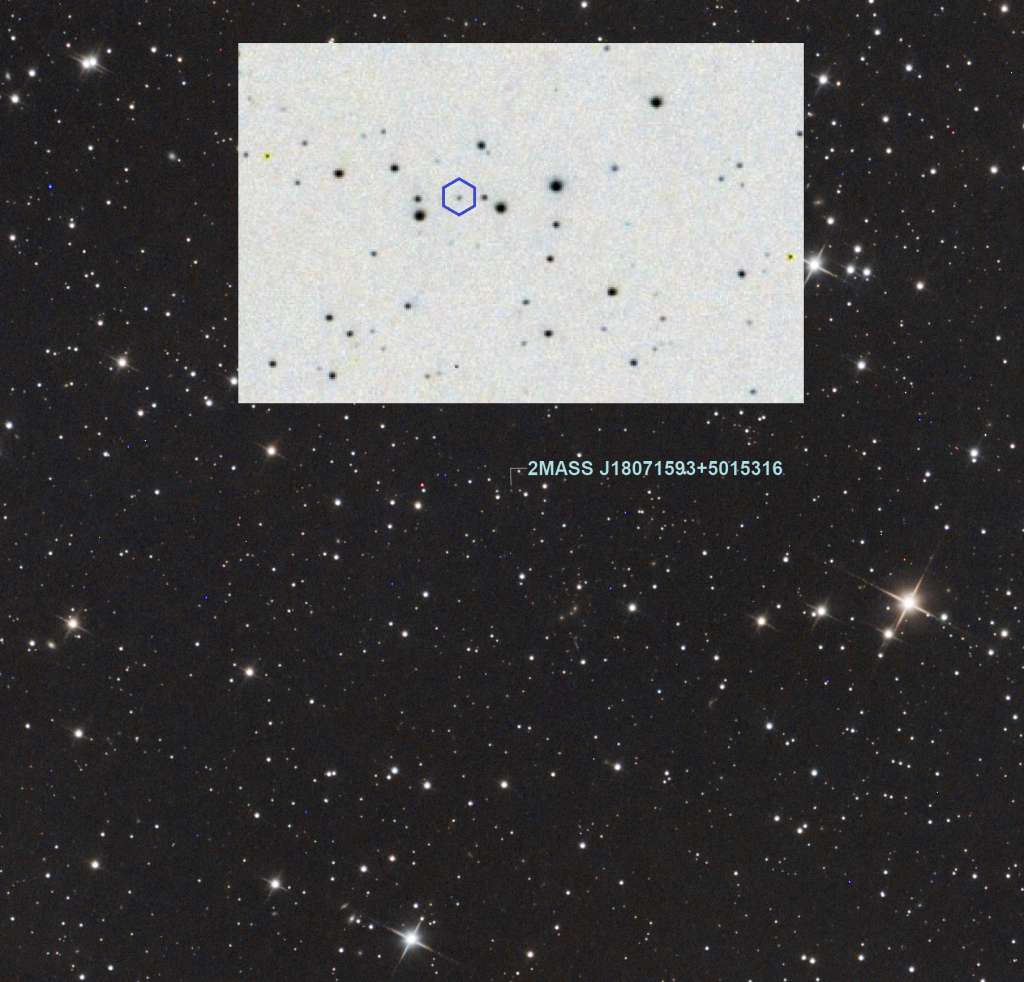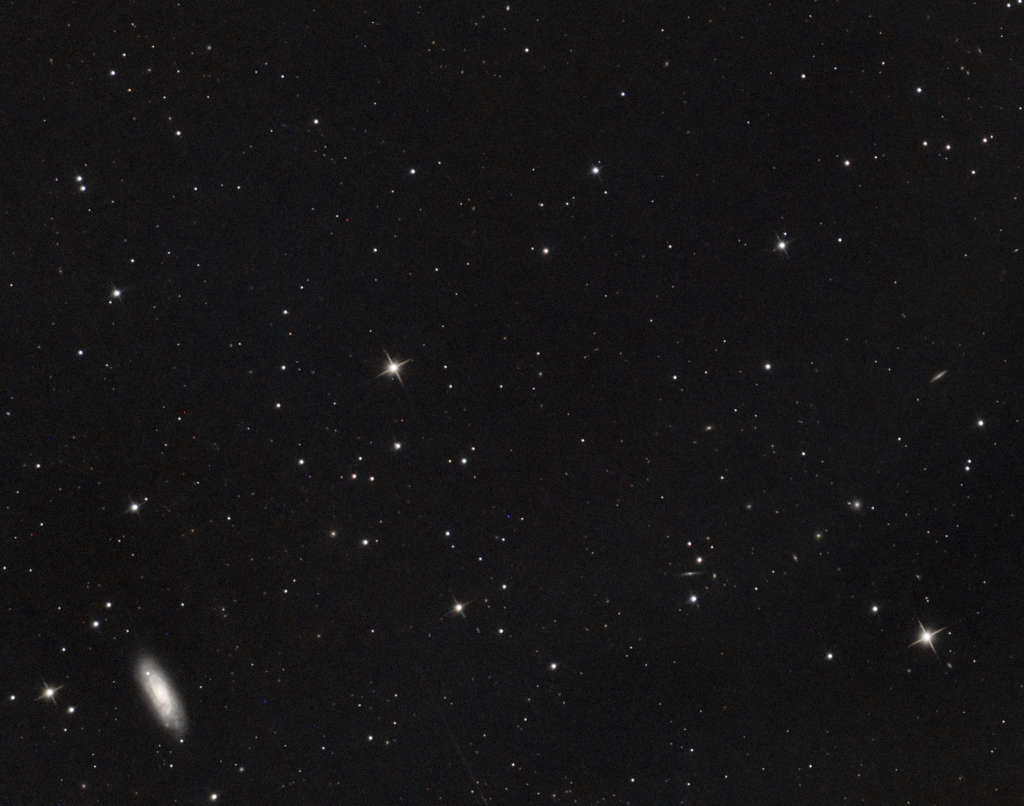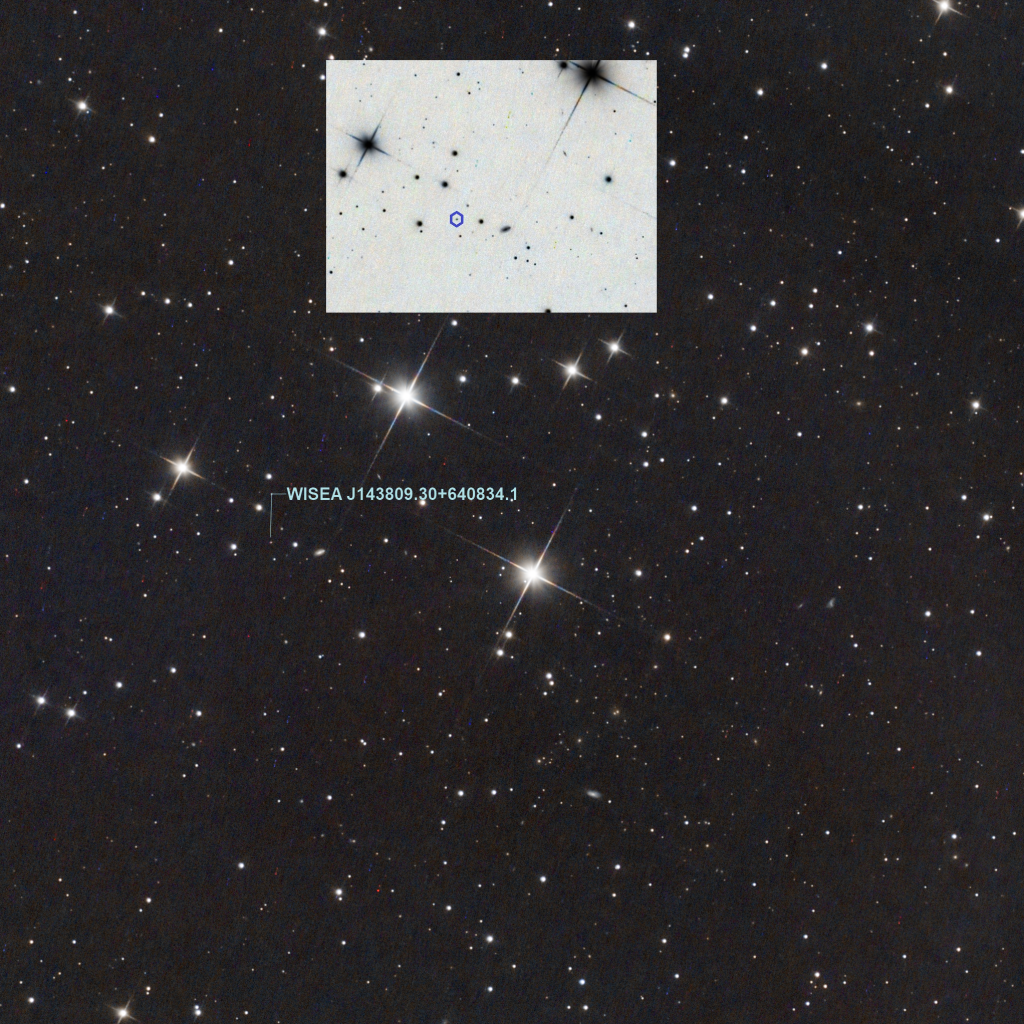Failed stars -imaging brown dwarfs
I’ve been reading about brown dwarfs lately. So yes, it’s time for some deep, faint stuff again.
These are so called substellar objects, they have more mass than planetary gas giants but less mass than regular main sequence stars. These objects have not enough mass and density to generate hydrogen fusion and the end result is basically a “failed star”.
These stars come in various subclasses. There are the M dwarfs (also called red dwarfs) and then the cooler L, T and finally Y dwarfs. The Y class are so cool that they are probably the hardest objects to detect, JWST even detected Y stars with negative temperatures.
I decided to focus on the L stars and started to compile lists with potential candidates to photograph.Making that list was interesting in itself because the unique feature of brown dwarfs is that they emit most of their light in the near infrared. This means that determining the magnitude of the objects was a bit more difficult than usual.
This near infrared also has other consequences. It means we can’t use our traditional broadband UV/IR cut filters. So I decided in the end to do it as rough as possible: no filters, no guiding, no dithering and just see what happens.
The first one is 2MASS J18071593+5015316 in Hercules. This is an L1 class brown dwarf about 47 light years away. Visually it’s located not too far from the galaxy cluster abell.

The second is 2MASS J12043036+3212595 in Ursa Major. This is an L0 class brown dwarf about 65 light years away. The big galaxy in the corner of the image is NGC4062.

The last one is LSPM J1438+6408 in Draco. This is another L0 class brown dwarf about 55 light years away. This is probably the brightest one, I could see it after a few frames sitting close to the faint galaxy PGC52318.
